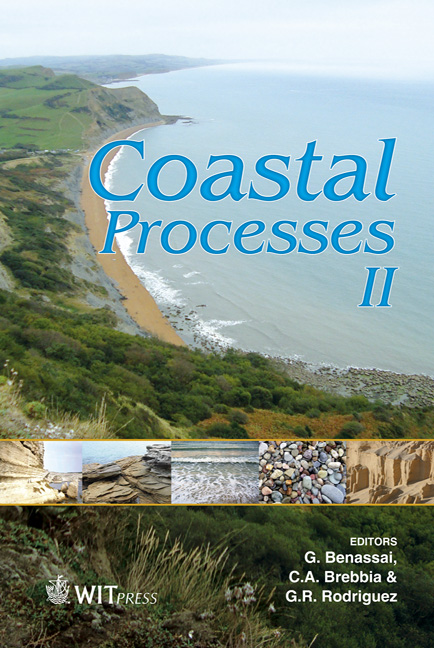Radar And Optical Hybrid Images To Improve Geoenvironmental Mapping In Rio Grande Do Norte State, Brazil
Price
Free (open access)
Transaction
Volume
149
Pages
12
Page Range
111 - 122
Published
2011
Size
3,700 kb
Paper DOI
10.2495/CP110101
Copyright
WIT Press
Author(s)
B. R. De Barros Pereira, V. E. Amaro & D. R. Valentim da Silva
Abstract
The northern littoral of the Rio Grande do Norte state is a region under a strong dynamic influence concerning high energy coastal processes. These processes are increased by antropic actions joining with natural processes that change the natural landscape constantly. This area has lots of natural resources and it is very important economically, therefore it has been a target of studies of the main changes in the environmental aspects. In this context the geoenvironmental mapping have been defined and are included according to their physical and biological characteristics of the area and the territorial units that are linked to them. The territorial units follow the geological, vegetation, land-use/land-cover parameters. The geomorphology was the main parameter to define the geoenvironmental units. The geoenvironmental units were mapped on 1:50.000 scale based on the remote sensing images interpretation, using the fusion of multi sensor images (radar and optical). The images used were Radarsat-1, Landsat 5 TM (both from September 2006) and the SRTM from February 2000. The purpose of this methodology was to attend new resources to mapping geoenvironmental and their territorial units; previously each data has individual characteristics (an optical image has a spectral response while radar image provides textural and topographic data). The SRTM image was applied to emphasize the altimetry and morphology of the area. The digital image processing tools to integrate these data involved the precise registration, geometric correction and fusion through RGB and HSI color. The hybrid images created by these procedures was integrated and interpreted with the DEM (Digital Elevation Model) to merge four parameters: texture, morphology, spectral information and elevation in a single data. Then interpretation of the
Keywords
remote sensing, hybrid images, coastal dynamic, geoenvironmental and digital image process





